Johnny always says, “Plant More Milkweed!” But why? We ask the really tough question, and report back in Top 10 Style!
10. Contribution to Citizen Science
When you “Plant More Milkweed” you participate in citizen science initiatives focused on monitoring and conserving Monarch Butterflies. You can contribute to data collection efforts, such as tracking monarch populations or recording observations of butterfly behavior. Saying Plant More Milkweed implies you’ve planted Milkweed before, which is great, but keep on planting or overseeding!
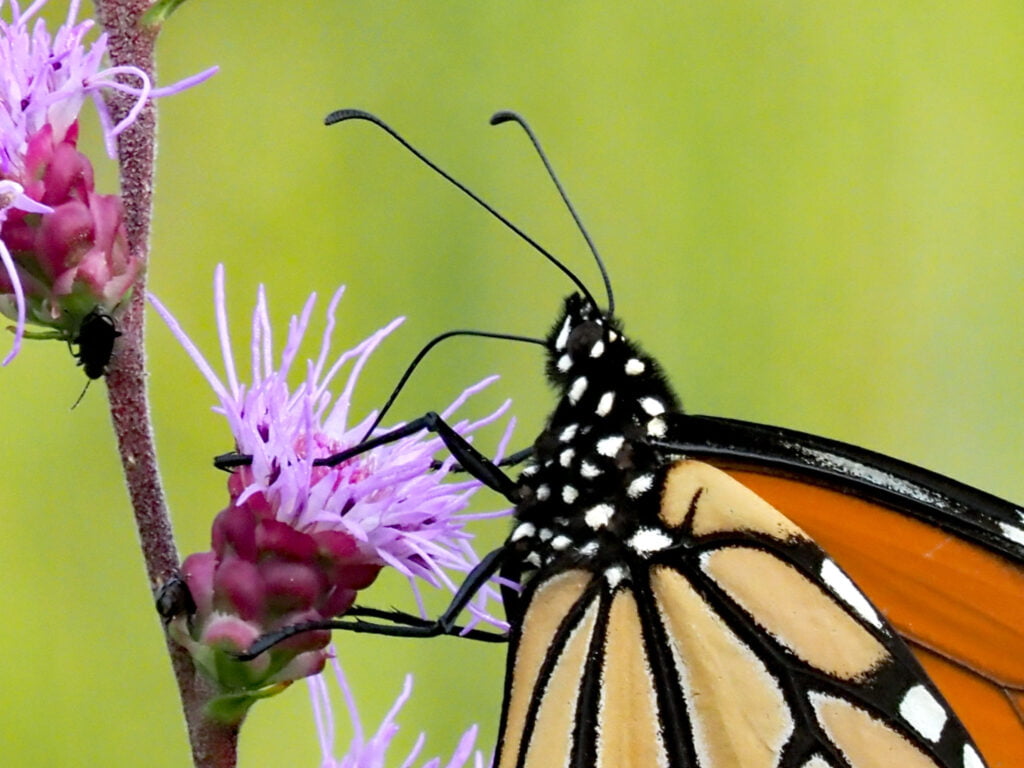
9. Easy to Grow
Milkweed is generally easy to grow and maintain, making it accessible to both experienced and novice gardeners and farmers. With appropriate care, it can thrive in different soil types and environmental conditions.
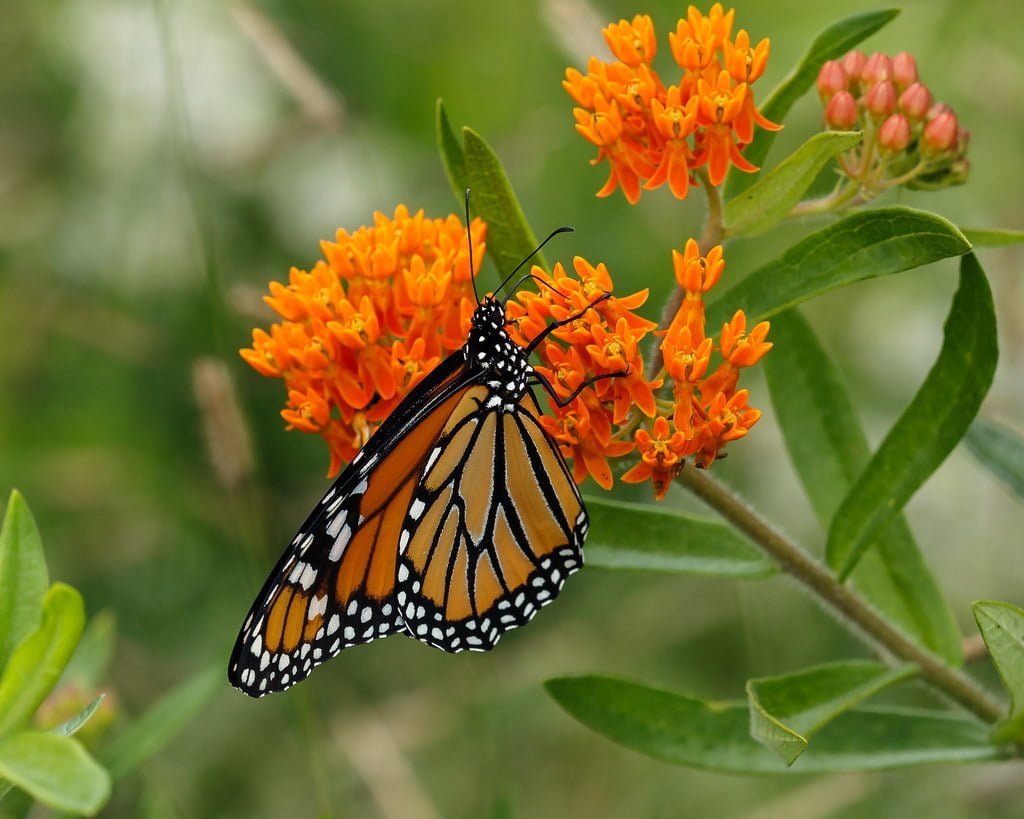
Butterfly Milkweed Seeds (Asclepias Tuberosa) for North America
More than 50 Orange Butterfly Milkweed Seeds (Asclepias tuberosa) originating from tobacco country for most of North America.
8. Educational Value
“Plant More Milkweed!” can serve as an educational tool for children and adults alike. It provides an opportunity to learn about the life cycle of monarch butterflies, the importance of pollinators, and the role of native plants in supporting biodiversity.

The Adventures of Johnny Butterflyseed – Author Signed First Edition Children’s Book
Save the monarchs!
Johnny Butterflyseed and his fairy friend, Raven Silverwing, embark on a mission to save the rapidly disappearing butterflies. They enlist the help of Queen Venus Goldwing and her kingdom of monarchs to educate and inspire kids to become butterfly farmers. At first, Johnny faces his own internal struggle with self-doubt and fear in his ability to make a difference, but then soon develops a mindset that allows him to not only get started, but also make progress one day at a time. Through challenge after challenge, Johnny learns that he is not alone in his mission and that there are many people who want to help. Together, Johnny, Raven, and Queen Venus educate thousands of children on becoming butterfly farmers.
7. Beauty and Aesthetics
Milkweed plants have unique and attractive flowers that come in various colors, including pink, orange, and purple. They can add beauty and visual interest to your garden, balcony, or any green space.
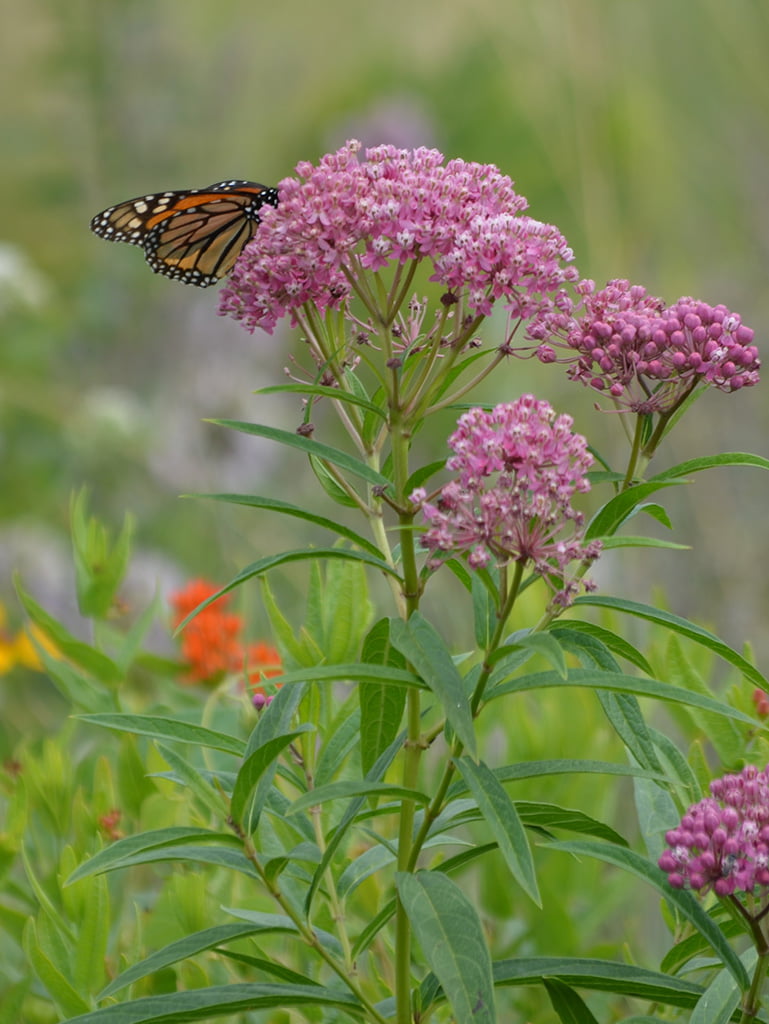
6. Carbon Sequestration
Like many plants, milkweed absorbs carbon dioxide from the atmosphere and stores it in its tissues. By planting more milkweed, you can contribute to the reduction of greenhouse gases and help mitigate climate change.
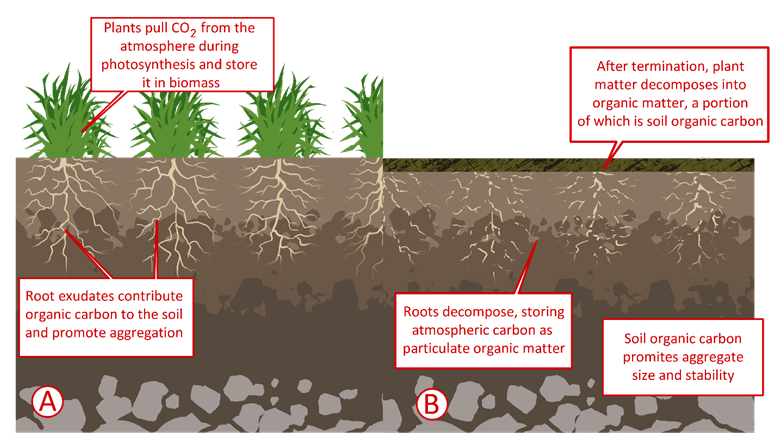
5. Soil Conservation
Milkweed has deep, strong roots that help stabilize the soil and prevent erosion. This can be particularly useful in areas prone to erosion or on slopes. Planting milkweed can help protect soil integrity and reduce the loss of fertile topsoil.
4. Conservation of Native Plants
Milkweed is a native plant in many regions and plays a crucial role in maintaining the balance of local ecosystems. By planting milkweed, you contribute to the conservation of native plant species and help preserve the natural heritage of your area.
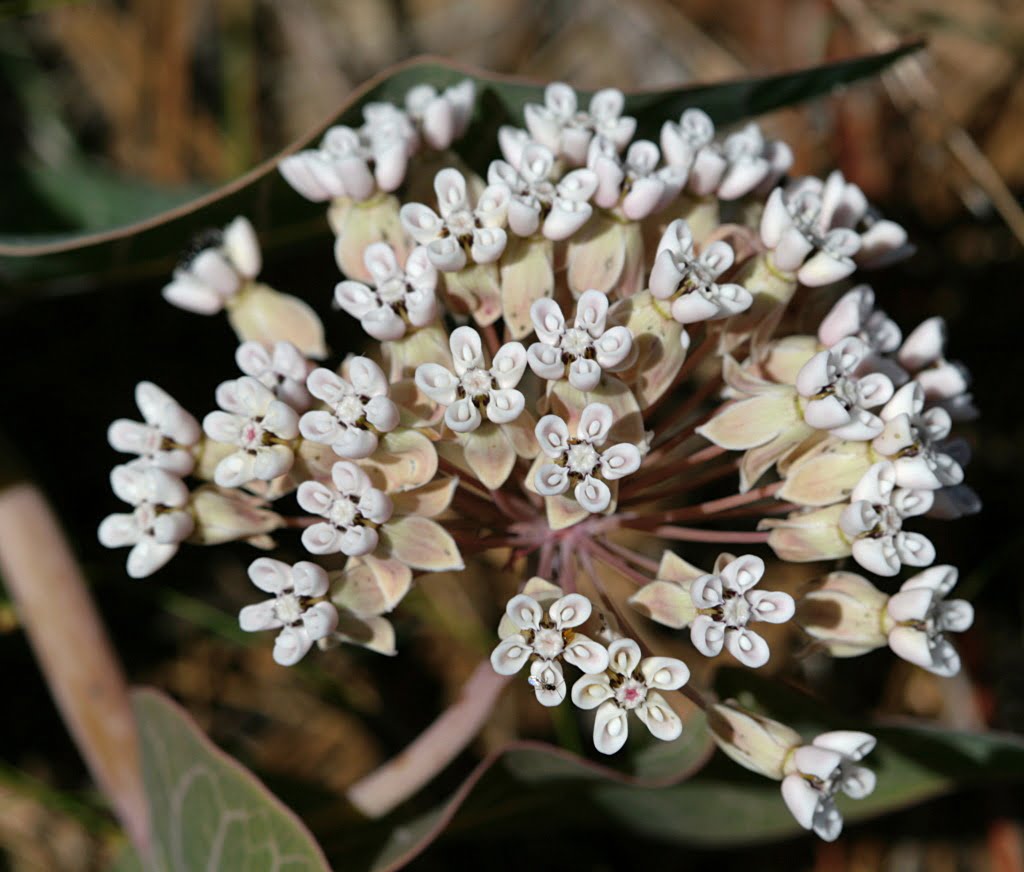
10 Sandhill Milkweed Seeds Ascslepias Humistrata Pinewood Milkweed Florida-Native
With Johnny Butterflyseed’s Sandhill Milkweed seeds, you’re not just planting flowers; you’re cultivating a living mosaic of nature’s marvels. 10+ Florida Native seeds.
3. Biodiversity Promotion
Milkweed is known to attract a wide range of other pollinators, including different species of butterflies, bees, and even hummingbirds. By increasing the availability of milkweed, you help support biodiversity by attracting and providing food sources for these important pollinators.
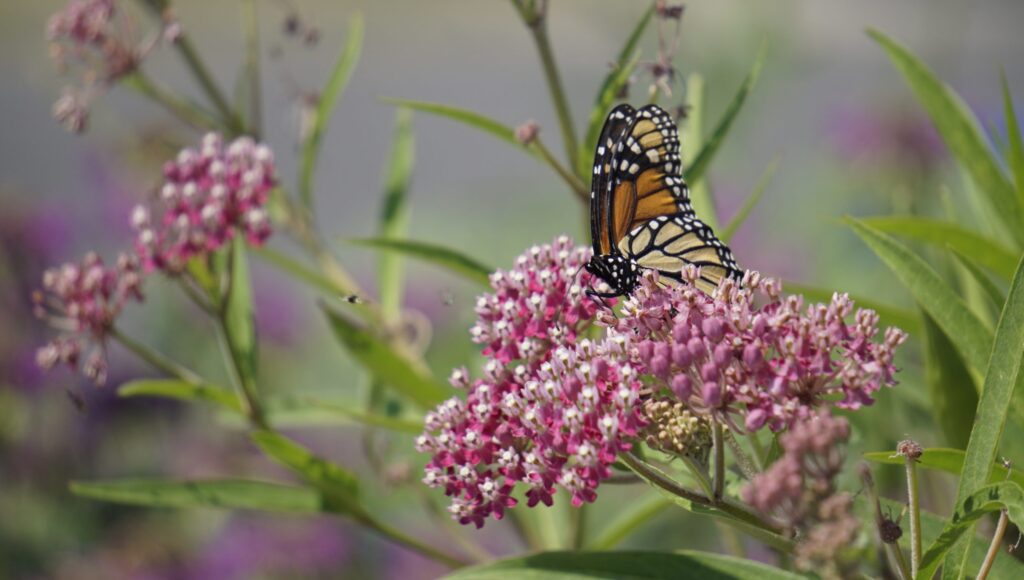
2. Habitat Creation
Milkweed plants provide important habitats for various pollinators, including bees, butterflies, and other insects. By planting milkweed, you can create a diverse and thriving ecosystem in your garden or local area.
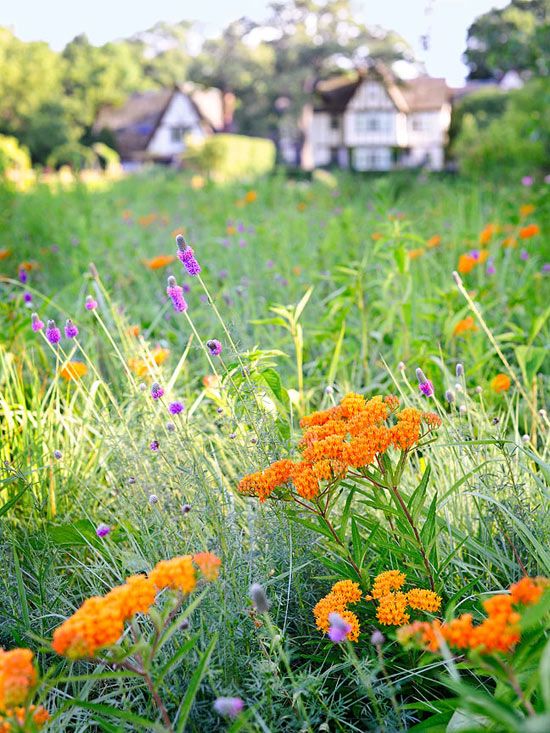
1. Essential Larval Host Plant for Monarch Butterflies
Milkweed is the only plant that monarch butterflies lay their eggs on and serves as the primary food source for monarch caterpillars (called larval host plant). By planting more Milkweed, you provide crucial habitat and support for the declining monarch butterfly population.
Remember, when planting milkweed, it’s important to select native species that are suitable for your region to ensure their optimal growth and benefit to local ecosystems. The plant’s milky latex is toxic, which protects the larva, so handle carefully.
In the end, the main reason to “Plant More Milkweed” is the special connection between Monarch and Milkweed. The more Milkweed we plant and grow, the more Milkweed Butterflies we will see… one day at a time!

The Adventures of Johnny Butterflyseed – Author Signed First Edition Children’s Book
Save the monarchs!
Johnny Butterflyseed and his fairy friend, Raven Silverwing, embark on a mission to save the rapidly disappearing butterflies. They enlist the help of Queen Venus Goldwing and her kingdom of monarchs to educate and inspire kids to become butterfly farmers. At first, Johnny faces his own internal struggle with self-doubt and fear in his ability to make a difference, but then soon develops a mindset that allows him to not only get started, but also make progress one day at a time. Through challenge after challenge, Johnny learns that he is not alone in his mission and that there are many people who want to help. Together, Johnny, Raven, and Queen Venus educate thousands of children on becoming butterfly farmers.
